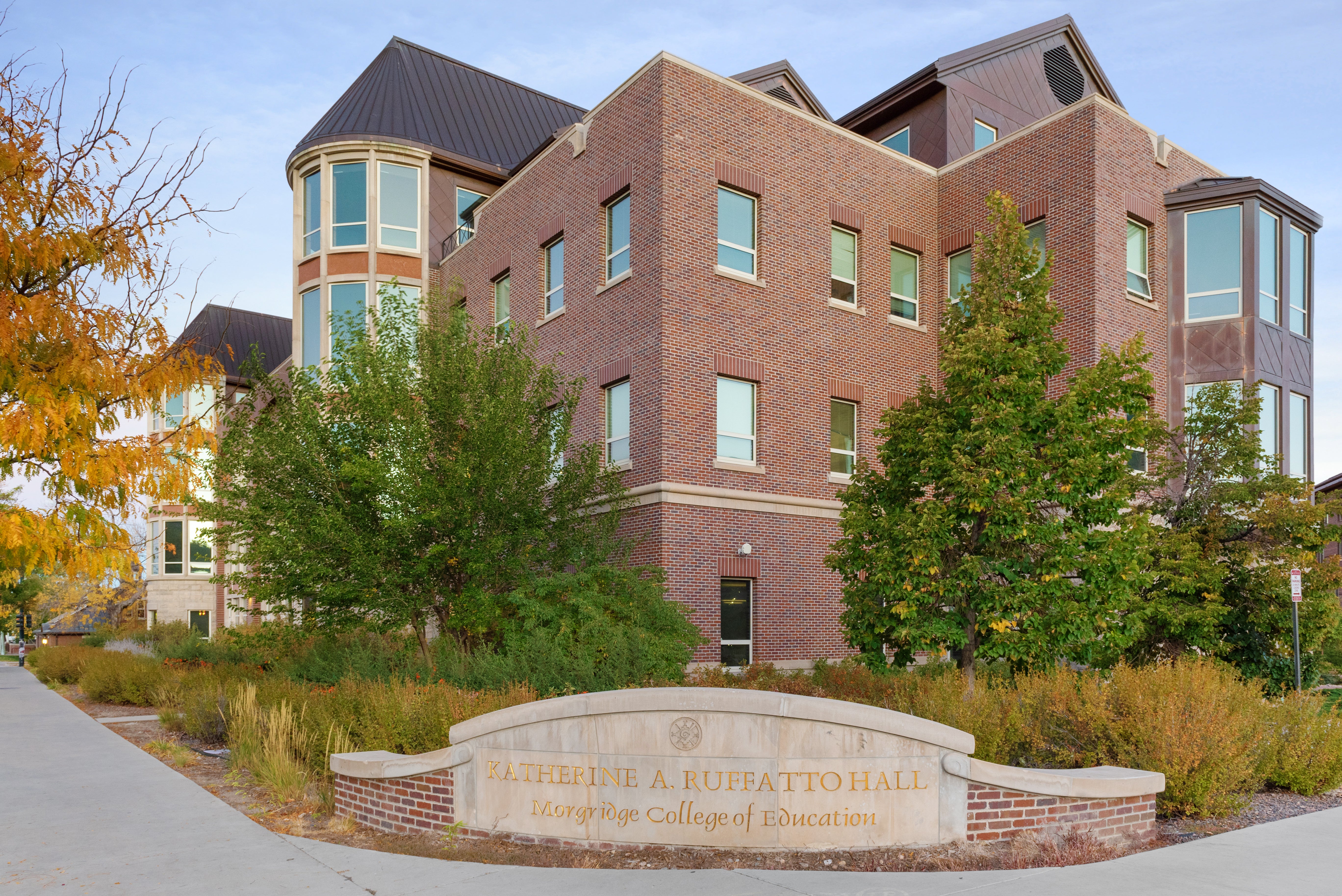Early Childhood Mathematics Project Starts With What Kids Already Know

The University of Denver’s Julie Sarama and Douglas Clements of the Morgridge College of Education have launched a project that promises to put “bajillions” of online resources at the fingertips of early childhood mathematics teachers.
Bajillions, a fun, child-friendly word for a non-existent big number, is the name of the innovative, interactive system of learning tools Clements and Sarama are developing as part of the three-year project. Funded by a $2.7 million grant from the National Science Foundation (NSF), the work is based on their over 25 years of research supported by the NSF, the Institute of Education Services (IES) and others.
The project is designed to ensure that all children, especially those from underserved populations, will benefit fully. “We're trying to do research and development projects that will lead us to get to a broader audience,” says Clements, the Distinguished University Professor and Kennedy Endowed Chair in Early Childhood Learning.
Clements and Sarama’s approach is based on building on what kids already know and can do—the opposite of what often occurs in the classroom, where math is broken down into small skill sets to teach children whatever they need to know to reach the common standards of their age and grade level.
“You go instead to where the kid is, build on what they know, can do and are interested in,” says Sarama, the Distinguished University Professor and Kennedy Endowed Chair in Innovative Learning Technologies. “If you do that, the kids who are far behind move quickly up to standard. But they don’t if you just try to teach the standard directly.”
The Bajillions project is based on this approach, called Learning and Teaching with Learning Trajectories, which Sarama and Clements have developed over the years and say is far more effective than a one-size-fits-all approach to teaching math standards. “You get better achievement. You get less frustration, and you get more engagement,” Sarama says.
Their approach has three parts: a goal that teachers want their students to reach; a developmental progression through multiple levels of thinking; and a set of instructional activities that are fine-tuned to each of those levels. Over the years, Clements and Sarama have developed, tested, improved and scaled up their Learning Trajectories program.
“When we built our learning trajectories, we did some of the research ourselves. But the bulk of the work was taking thousands of studies from hundreds of other researchers and figuring out what we know is common about kids learning and thinking, and then synthesizing that into learning trajectories,” Clements says.
Once logged into Clements and Sarama’s online system, teachers will receive some digital games for their students to play according to their age. “We will use kids' responses to figure out about where they are on these learning trajectories, these levels of thinking that go up through grade two,” Sarama says.
Such assessment is needed because many children will, for example, enter kindergarten at the kindergarten level, but “you'll have other kindergarteners who are at the second-grade level and others who cannot count to five,” Clements says. Some children will therefore play a certain game because that’s the level they’ve attained, while other children at another level will play a different game.
While Clements and Sarama worked on various projects over the years, they became frustrated by the need for resources to help teachers to learn some fairly difficult material. What if the teachers lacked a good background in mathematics and mathematics education?
“It helps if they have a structured resource,” Sarama says. When the duo created an early version of their Learning Trajectories website nearly 20 years ago, “We knew we needed to have something to help teachers,” she says.
In the lesson about shapes, for example, teachers can click on a menu item to learn what’s important and not so important about shapes. Teachers can then select the estimated skill level of their students and see a video that shows a child doing an assessment test at that level.
When the teachers are ready to preview the next level, they simply scroll down to view another set of activities. “You can click on "rectangles and boxes" if that appeals to you,” Clements says. “It has a description on the screen. It has a picture or video so you can understand a bit more what's going on. And you can click on Spanish or English and print the PDF or read it on the screen that tells you exactly how to do that activity.”
The system is—and always will be—a work in progress. Clements and Sarama continually change their system to accord with the latest developments in the field. When another scholar brought to their attention her research on putting shapes together to make other shapes, they took note and added it in.




